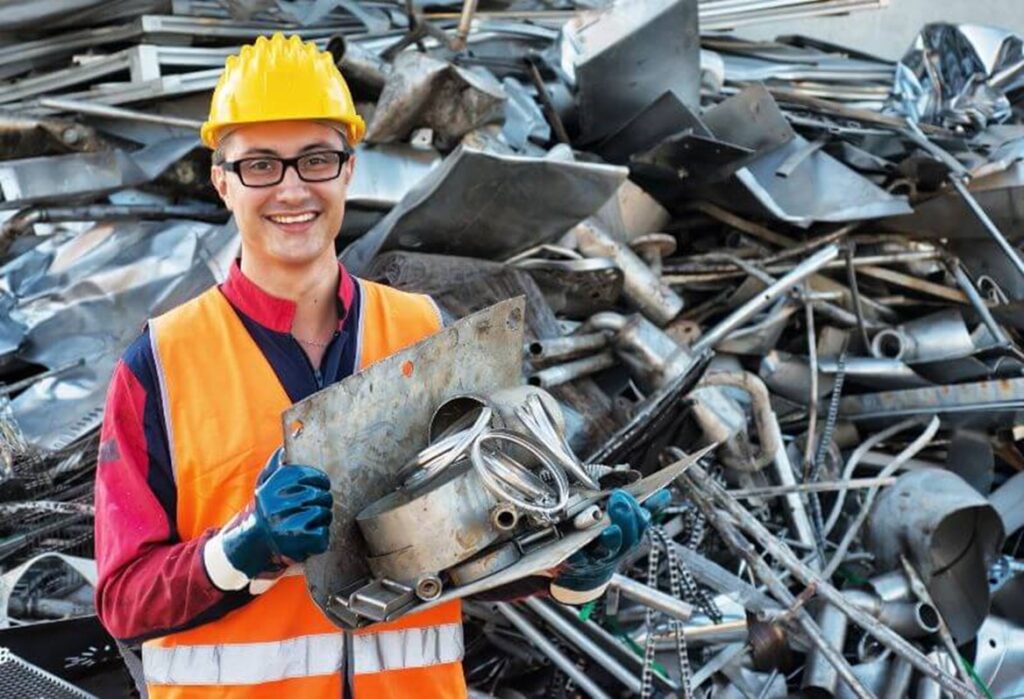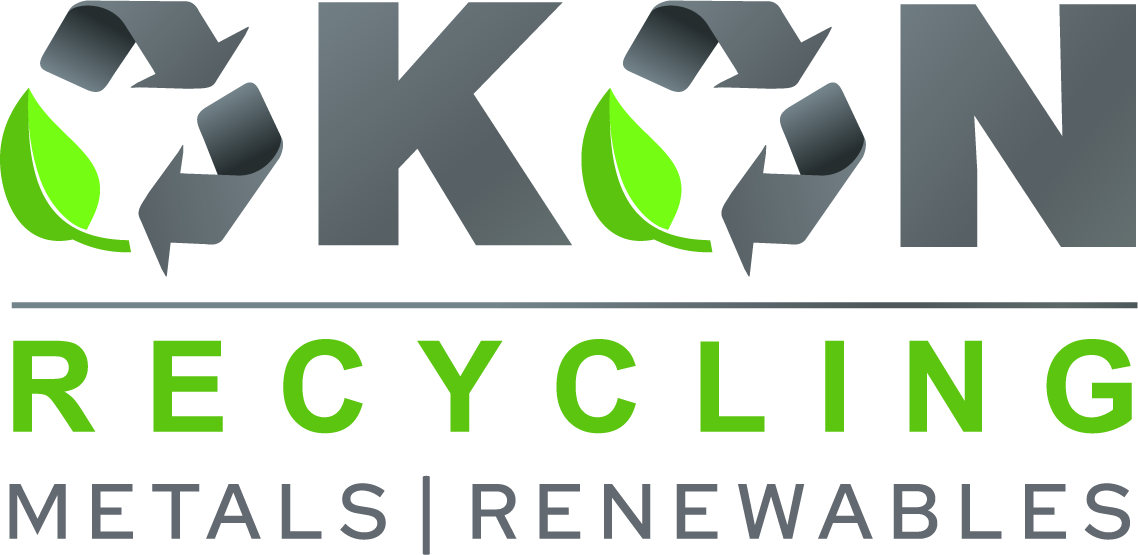5901 Botham Jean Blvd, Dallas, TX 75215
Do I Need to Prepare Scrap Metal Before Recycling?
February 14, 2024Recycling scrap metal is good for the environment and your wallet. Before gathering up your old metal items and heading to the recycling center, learn how to prepare scrap metal and what happens during the recycling process.
How to Prepare Metal for Scrapping
Follow these steps to maximize your recycling efforts and earn more money for your scrap metal:
- Sort: The first step is to separate your scrap metal into two main groups: ferrous and non-ferrous. The easiest way to sort scrap is to wave a magnet over it. Ferrous metals contain iron and are magnetic, while non-ferrous metals are not. Once your non-ferrous metals are in a pile, separate them further into copper, aluminum, brass, and others. Pre-sorting helps the recycling center while earning you a higher quote for your scrap metal.
- Clean: Cleaning is crucial because contaminants decrease the metal’s value. Make sure the scrap is free from stuck-on debris, oil residue, insulation, and other non-metal materials before recycling.
- Size: Ensure the scrap fits into your recycling bin or container. You might need to cut larger pieces down to size, as oversized scrap can be difficult to process and may even be rejected by some recycling facilities.

The Metal Recycling Process
Recycling reuses materials multiple times to keep them out of landfills as long as possible. Here’s what this entails:
- Collection: Once you’ve prepared your scrap metal, you can call a recycling center to purchase and collect it.
- Sorting: Scrap metal is sorted at the facility using magnets and other methods to separate different materials. Even if the donator sorts the metal by type, this step further categorizes the metal by color, weight, and cleanliness.
- Processing: Next, the metals are processed, which often involves shredding with hydraulic machinery to reduce size and homogenize the material.
- Melting: The next step in the metal recycling process is to melt the scrap in a large furnace set to a particular temperature for each type of metal. For instance, aluminum melts at a much lower temperature than iron.
- Purification: After melting, the metal is purified using electrolysis or strong magnets, depending on the type of metal, to ensure a high-quality final product.
- Solidification: Next, chemicals are added to the molten metal to give it the desired properties. Some metals are solidified in sheets, while others are poured into molds and solidified as ingots.
- Transportation: The purified and solidified metals are then transported to manufacturers who use them to produce new products. This completes the recycling loop and puts new products back on the shelf with minimal need for raw materials.
Recycle Your Scrap with Okon Recycling
Okon Recycling proudly serves a diverse range of clients, from local contractors and small businesses in the Dallas-Fort Worth area to industrial-scale scrapping projects. Our family-operated business emphasizes strong customer relationships and a commitment to sustainability. Whether your project is large or small, local or international, we would be happy to help you with all your scrap metal recycling needs. Contact us at 214-426-6566 to learn more about our commercial scrap metal recycling program.
